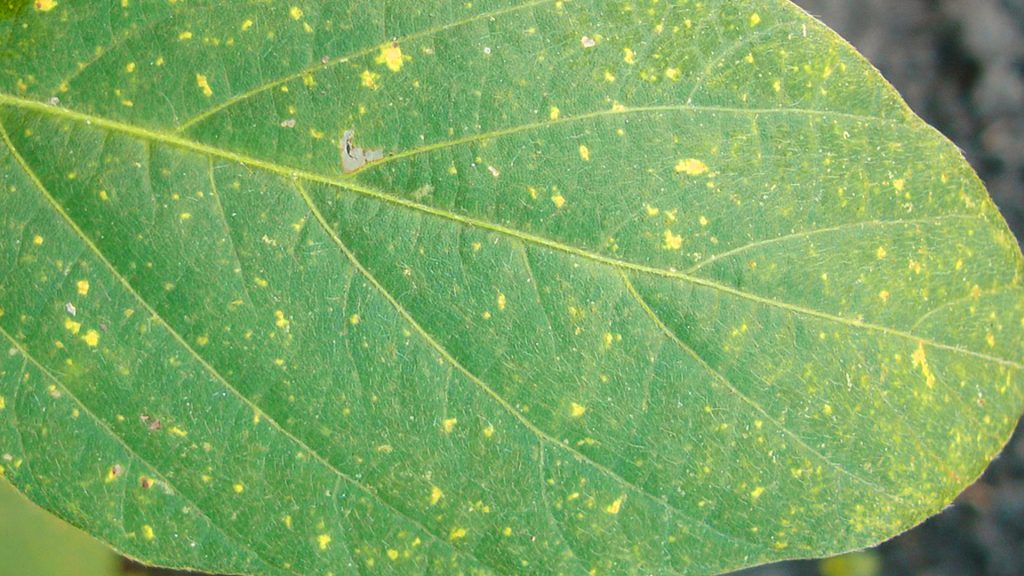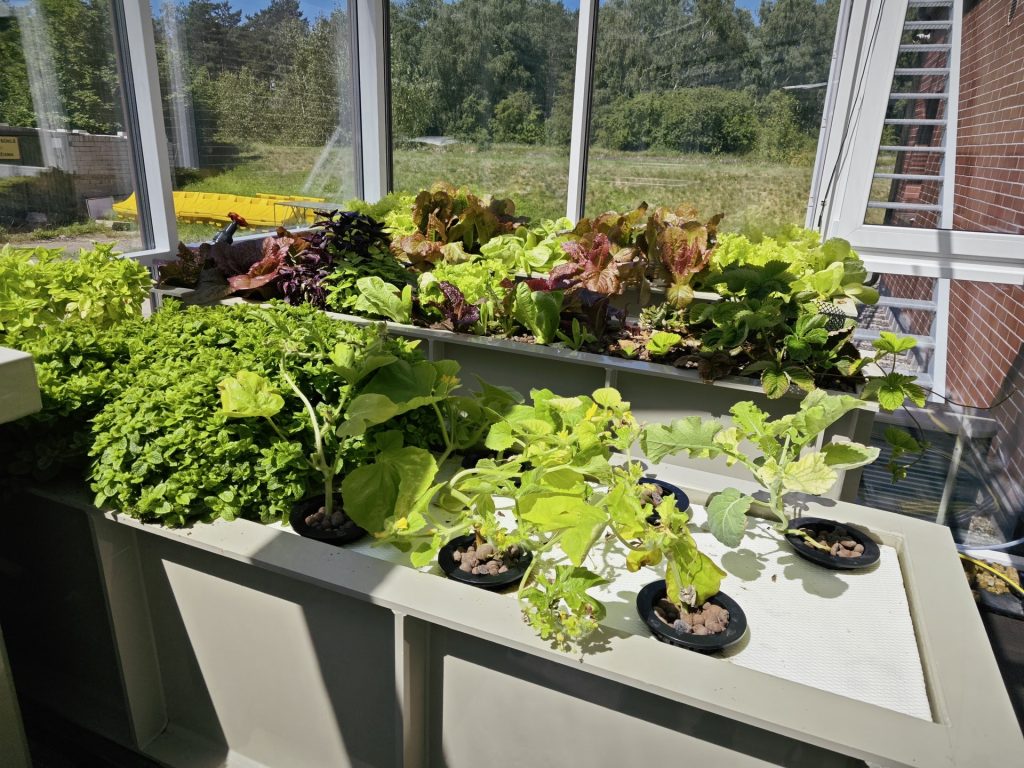Is it worth stressing the plants? Why would a word with such a bad rap be worth considering resourceful, when optimizing plant growth and desiring to achieve the finest feasible harvests?
Let’s talk about it in this article. What you will be able to read below:
- Defining Stress
- The main categories of Stress
- What happens when plants meet stressors?
- Stressors and Homeostasis
- What is Crop Steering?
- The Nine Cardinal Parameters: The Pressure Points
- Vegetative and Generative: The Two Main Growth Phases
- Crop Steering Applied: Fundamentals in Action
- The Importance of Custom Crop Steering Programs
- Conclusion
- Frequently Asked Questions (FAQ’s)
Defining Stress
To enable the understanding of how useful this concept can be in the context of horticulture, we’ll start presenting a definition of stress.
The meaning of the word stress here slightly differs from the more common vernacular usage of the word, that we make use of in our everyday lives.
In Plant Physiology, the branch of Biology that studies the chemical and physical processes associated with plant life, stress is defined as any unfavorable condition or substance that affects plant metabolism, growth or development.
The main categories of Stress
Stress can come in many ways and forms, of which there are two main categories: abiotic and biotic stress.
Abiotic factors are non-living components that impact the environment and affect plant growth. Such examples are water, light, soil nutrition content, temperature and so forth. In contrast to that, biotic stress factors are those induced by living organisms, for instance virus, insects and bacteria.
Both are worth keeping, in mind as there are aspects of each that correlate with optimizing crop productivity: How you stray them away or apply them with fineness will be impactful in ensuring you get the most out of your crop of choice.
What happens when plants meet stressors?
When experiencing stress, given that plants are sessile (ie. they don’t move freely), for the most part of their life cycle, they have evolved the capacity of self-regulating and adjusting to change in the environment, in order to compensate for their mostly immobile lifestyle.
Stress exposure triggers variance in plant metabolism, led by gene expression changes.
These reactions frequently induce the production of plant secondary metabolites (PSMs), compounds that assist plants in adjusting to the change by conferring them a multitude of advantages, such as cold resistance or the ability to deter a potential pathogen or herbivore.
Many of these so called PSM compounds are worthy of our attention, and plenty are currently farmed and favored by us, either by their medicinal value or organoleptic properties.
As an example of this, we have the anthocyanins, secondary plant metabolites that can have their synthesis triggered or potentiated by means of cold, and that classify as major flavorants, present in many of our favorite fruits, flowers and their derived products.
Stressors and Homeostasis
This sudden pressure, the stressor, disturbs the pre-established balance to which plants react upon, through a series of intertwined physical and chemical response. All this is performed through self-regulating processes associated with all living beings and in order to reestablish homeostasis, the dynamic state of equilibrium necessary to maintain life.
Why?
When presented with these so-called stressors, plants longing to harmonize and return to their balance, initiate a series of responses that modulate important aspects of their physiology, changing growth patterns, producing different compounds while adapting to change, allocating resources in different ways, shifting from their previous stance.
These physiological processes bear high interest to us humans in the context of both horticulture and agriculture, specially given our rising population numbers and how important resource management currently is.
In essence, proficiency in understanding these cues and applying targeted pressure will potentiate yields and the harvest of higher percentage of compounds of interest.
Now we enter the domain of Crop Steering.
What is Crop Steering?
Crop steering is a methodology where the management of all components of a plant’s environment happens with a clear set of favorable outcomes in mind.
Fundamentally, we dynamically adjust the environment, from light regime, irrigation strategies, climate control and on and on, to fit precisely what steers our plants into the best possible version of their genetic potential, that is according to our needs.
This take place through precise control and application of each cardinal parameter, with the intention of positively modulating plant growth and development and skewed it towards our best interest.
By employing correct crop steering methodologies, we can not only increase the overall biomass (total weight) production but also the final yield and quality of our harvest produce of choice: be it shoots, seeds, flowers, fruit, you name it!
If the concept of Harvest Index (HI) and overall crop productivity is of interest to you, please refer back to another of our previous articles:
Should the use of Artificial Horticulture LED Lighting be the norm in Greenhouses?
Let’s develop and discuss about the use of Artificial Horticulture LED Lighting in Greenhouses.
The Nine Cardinal Parameters: The Pressure Points
Above ground the cardinal parameters are Temperature, Humidity, Light, Wind and CO2.
Bellow ground, we have Root-Zone Temperature, Water, Nutrients and Oxygen.Any single one of these nine cardinal parameters can be tweaked in order to optimize plant growth at any given stage of the life of a plant. A collection of effective data-driven tweaks of this sort assembled makes a viable Crop Steering Protocol.
These crop steering protocols have been developed for most crop species, depending on the harvest portion of interest, there are many viable alternatives to choose from.
Vegetative and Generative: The Two Main Growth Phases
The Vegetative phase is where plants establish themselves, putting most of their energy into generating new shoots, leaves and stem while expanding the depth of their root-mass.
A few conditions that favor vegetative growth are a lower electrical conductivity (EC), lower vapor pressure deficit (VPD) and a higher water content (WC).
Along the Generative phase plants expend most of their energy with bearing viable offspring in mind, entering their reproductive stage through flower and fruit production.
During this bloom stage, plants can cease almost completely the development of new shoots and focus exclusively in ensuring progeny.
A few examples of conditions that favor Generative growth are a high substrate and feed EC, higher VPD and lower WC.
Crop Steering Applied: Fundamentals in Action
By managing climatic cues, growth can be steered toward a more vegetative or generative fashion.
When growing at higher temperatures, growth patterns such as internodal elongation, fall into a more generative phase growth type, while having a cooler environment will slow metabolism down and plants undergo architectural changes that make them more stout, akin to generative growth.
By adapting the irrigation strategy, precisely monitoring aspects such as EC, VPD, dry backs, WC, runoff/leachate, irrigation/shot frequency and duration, field/container capacity and substrate temperature and adjusting them to fit any of the two aforementioned growth phases, cultivators can lean growth toward one of those phases in particular.
Keep in mind that these cues vary, depending on plant species, cultivar or variety. For example, continuous moisture in the substrate tends to favor vegetative growth, while having controlled dry-back events will trigger plants into allocating more resources to flower production.
Having higher EC in the feed water and substrate tends to favor generative growth, making it part of successful generative fertigation strategies. The same is true about longer dry-back events, lowering root-zone temperature, having a lower WC and decreasing irrigation frequency.
The inverse will be true for vegetative growth phases in every of these aspects.
The Importance of Custom Crop Steering Programs
All these aspects need to be custom tailored to meet the specific needs of each plant variety within a particular facility, in order to maximize their genetic potential. This is achieved through effective data collection and analysis, and by implementing data-driven strategies that have been known to work for plant varieties of a similar kind.
It’s a complex interplay of factors and the interactions between all these variables are delicate.
Conclusion
We’re back at our initial premise: Is it worth stressing the plants?
If you’ll be having properly crafted crop steering protocols while applying them and staying data-driven, having correct crop registration practices and collecting good data to finely optimize more general guidelines to a situation in particular, all evidence indicates so.
Precision application of stressors is another tool in the toolbox for cultivators wanting to stay ahead of the curve.
Frequently Asked Questions (FAQ’s)
Frequently Asked Questions (FAQ’s):
Question – What is a Stressor?
Answer – A stressor is an environmental cue, event, living organism or any of such that triggers a stress reponse in another organism
Q. – What are a few examples of Plant Secondary Metabolites (PSMs)
A. – As far as both Horticulture and Agriculture are concerned, a few of the more interesting ones fit into the Tannin, Terpene, Flavonoid and Phenolic compound categories.
Q. – What is Field/Container Capacity (FC/CC)?
A. – The amount of water content held in soil or container after excess water has drained.
Q. – What is a Shot?
A. – An irrigation event.
Q. – What about Dryback?
A. – In the context of container grown plants, refers to the period between irrigation events where there’s an absence of water entering the container and a consequent water content loss from the media.
Q. – What is Run-off/Leachate?
A. – The excess amount of solution allowed to drain out of the media, after saturation is achieved.
Q. – And what about Water Content (WC)?
A. – The volume of nutrient solution present in the media.
Q. – What are Crop Registration Practices?
A. – A process of data collection by cultivators, of relevant information such as plant height, traits of interest and their development. This crucial set of tasks must be performed with accuracy and precision in order to yield quality, viable data or otherwise becomes obsolete.
They are an important part of crop management and provide hard data that can be compiled in order to assess complex interactions between multiple variables in a greenhouse or production site.








